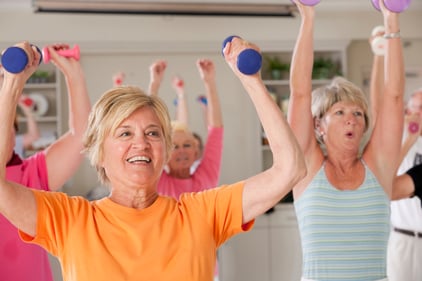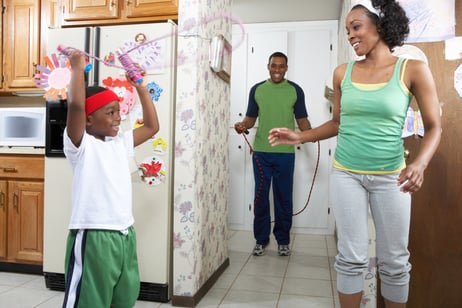 We have all made the excuse that we don’t have the time to exercise. If you have children, this excuse is even more likely. You have to get the kids ready in the morning, you work all day, you get off work, pick up the kids, and take them to their after-school activities. After that you’re finally getting home to cook dinner and relax with the family. Upon finishing dinner, it’s time to shower and go to bed. Now, I know that may feel like an exhausting day and that you have no time for yourself, but if you really look for it there is plenty of time to fit in some exercise.
We have all made the excuse that we don’t have the time to exercise. If you have children, this excuse is even more likely. You have to get the kids ready in the morning, you work all day, you get off work, pick up the kids, and take them to their after-school activities. After that you’re finally getting home to cook dinner and relax with the family. Upon finishing dinner, it’s time to shower and go to bed. Now, I know that may feel like an exhausting day and that you have no time for yourself, but if you really look for it there is plenty of time to fit in some exercise.
Finding Small Ways for Staying Active
Now is time to throw the excuses out the window. Exercising does not have to be a 30 or 60-minute workout. You can easily achieve your daily recommended exercise in small bouts of 10 minutes. One of the easiest ways you can achieve this is by parking in the back row at work rather than trying to drive around and find the closest spot possible. If you are one of those individuals, it’s time to switch up your routine.
Encouraging Exercise at Work
Leaders in the workforce can be great facilitators of physical activity. If you are a leader in your workplace, try making an effort to encourage your employees to move more. One great way to get your employees up and away from their desks is by having walking meetings.
Many individuals today are using activity trackers to help them stay on top of their movements. Friendly competitions within your workgroup are a great way to promote physical activity as well as boost company morale.
Finding Workout Motivation and Accountability
The key to becoming healthier is finding the physical activities that you enjoy doing most so that you will keep doing them. Using the buddy method is a great way to keep yourself accountable. If there are days you are feeling unmotivated to exercise, your friend, family member, or co-worker can be there to help encourage you along. Set a schedule and stick to it.
Get the Help You Need to Stay Healthy
The biggest thing to take away is that there are endless ways that you can achieve your health and exercise goals. If you are struggling to find a way to fit exercise into your day, seek the help you need. Whether it’s downloading an app, getting a health coach, or simply learning which physical activities you need to be doing, the more you can get up and move, the better health benefits you will gain. So stop using those old, worn-out excuses and become a healthier you today!
Need tips for adding exercise to your worksite? Click below to download our whitepaper for tips from NIFS.


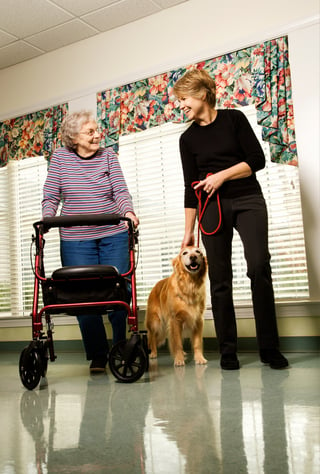 lunch, walking down the hallway, or picking up groceries, multiple muscles are being used through the range of motion of multiple joints. That’s why the compound, multi-joint, closed-chain movements are so much more effective than isolation, single-joint, open-chain movements.
lunch, walking down the hallway, or picking up groceries, multiple muscles are being used through the range of motion of multiple joints. That’s why the compound, multi-joint, closed-chain movements are so much more effective than isolation, single-joint, open-chain movements. 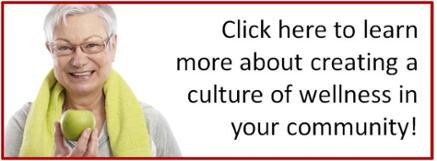
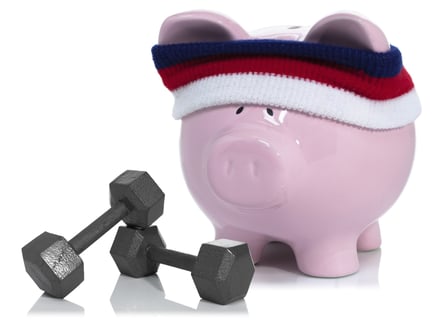 There’s a lot of misinformation out there on what is and is not good for you. The science changes all the time; unfortunately, changes in health information can
There’s a lot of misinformation out there on what is and is not good for you. The science changes all the time; unfortunately, changes in health information can  What’s better than chips and guacamole? Tacos and guacamole? Fajitas and guacamole? Or guacamole and a serving of guacamole with a little dish of guacamole on the side? Point is guacamole is amazing and what better way to celebrate the awesomeness of guacamole than Cinco de Mayo. If you plan on indulging in as much guacamole as I do this Cinco de Mayo then maybe a plyometric workout beforehand will keep your conscience at bay when asking your waiter/waitress for that third serving of guac. Here are my 5 favorite plyometric exercises for Cinco de Mayo:
What’s better than chips and guacamole? Tacos and guacamole? Fajitas and guacamole? Or guacamole and a serving of guacamole with a little dish of guacamole on the side? Point is guacamole is amazing and what better way to celebrate the awesomeness of guacamole than Cinco de Mayo. If you plan on indulging in as much guacamole as I do this Cinco de Mayo then maybe a plyometric workout beforehand will keep your conscience at bay when asking your waiter/waitress for that third serving of guac. Here are my 5 favorite plyometric exercises for Cinco de Mayo:
